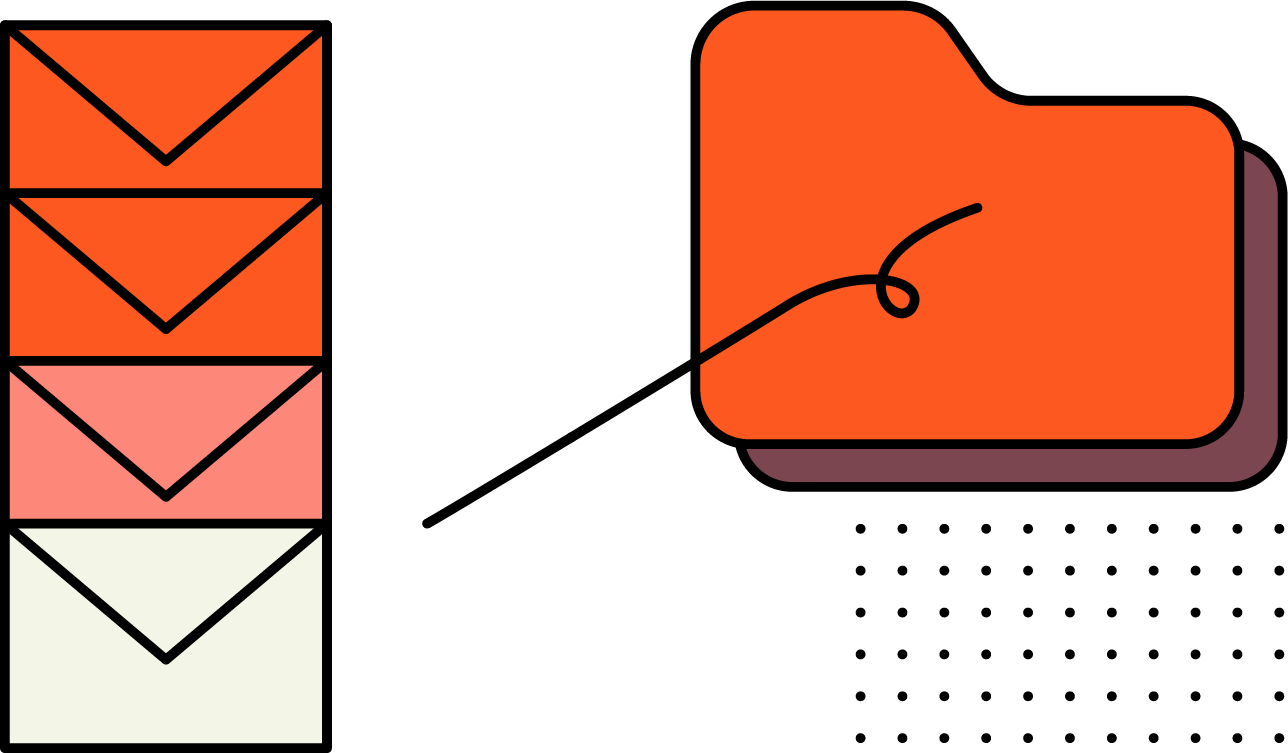why segmenting matters & how to benefit.
effective email marketing is all about creating organic & engaging interactions with your audience, which can be difficult if you’re only sending generalized emails. this is where segmenting comes in.

segmentation allows you to create focused audience groups which separates them by their interests, demographics, or other attributes. with segmentation, you can speak more directly to smaller groups of people. not only does this create more personal interactions, but it also means that your audience is more likely to make a purchase.

segmented emails have shown consistently that they perform better than generalized emails. in addition to a 760% increase in email revenue, segmented emails also boast a 14.32% higher open rate and a 65.79% higher click rate than non-segmented campaigns.
evidently, segmentation is quite an essential piece to a successful email marketing campaign. not sure where to begin? follow these steps below.
evidently, segmentation is quite an essential piece to a successful email marketing campaign. not sure where to begin? follow these steps below.
start simple ❑
first, find one characteristic that defines an audience you’d like to speak to. it could be their purchasing behavior or a specific product they’ve shown interest in. then, experiment with emails specifically targeted at these smaller segments. by observing how your audience interacts with these emails, you can further refine your strategy and focus.
add layers 📮
after gaining some insights from your initial segmentation, begin to add more filters to have more narrow conversations with your audience. utilize the data you have by using different combinations of attributes like gender, age-range, and purchase behavior.make it personal 💌
use merge tags, personalized send times or personalized product recommendations to further mimic 1-on-1 conversations with your audience. by combining segmentation with personalized emails, you can make these interactions feel even more authentic and natural.
how to segment Your audience
if you’re unsure of what attributes you’d like to first segment your audience by, here are some great starting points.1. shared traits
create groups by identifying specific traits from the data you’ve collected. for example, you can group your audience by location, how they’ve heard about your brand, or their age group.